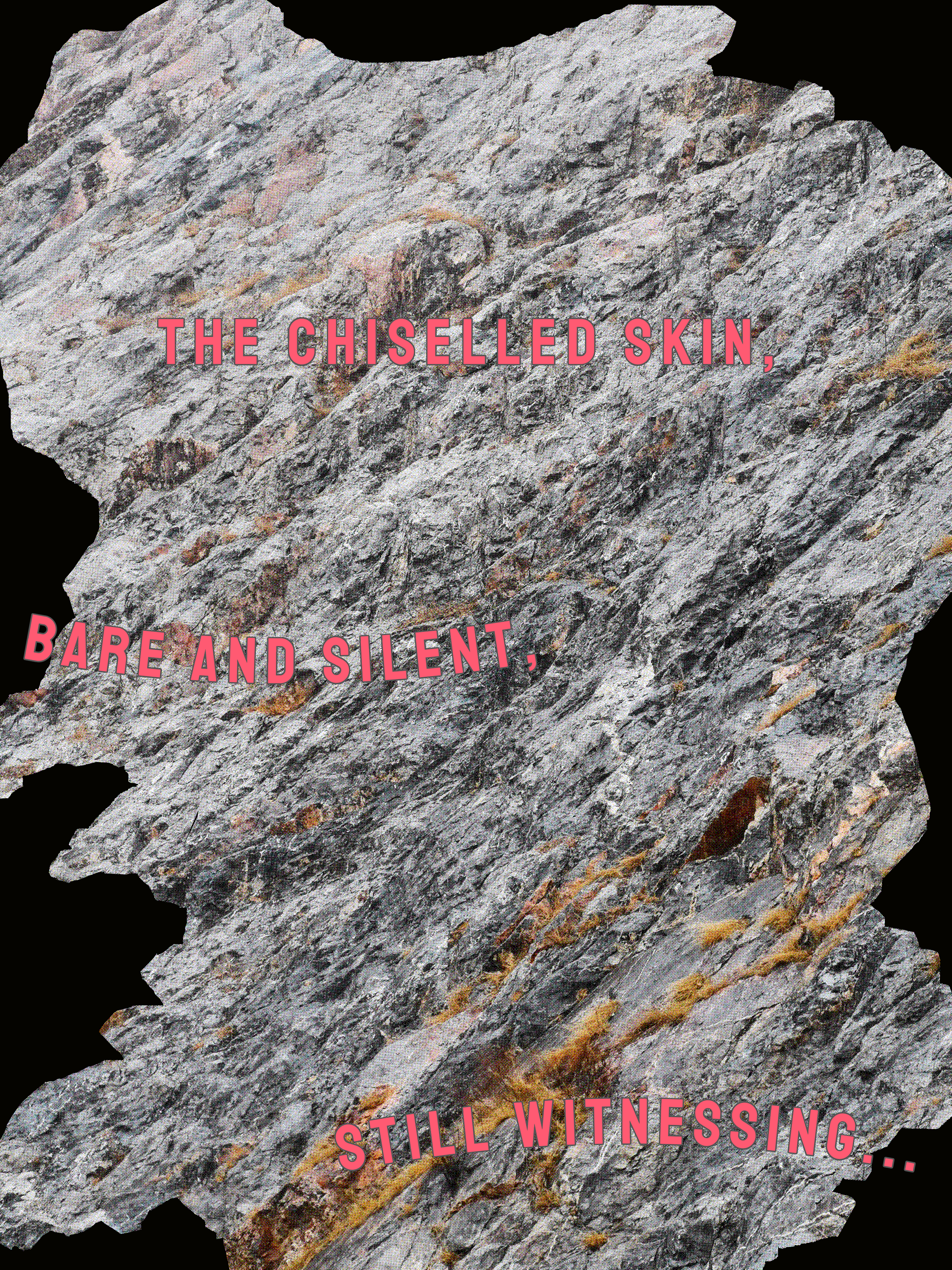artworks
Naked Wounds and the Abandoned
Digital Photography
2024
Digital Photography
2024

Naked Wounds and the Abandoned: It's Been Happening All Along, digital photography, 2024
Introduction:
The digital photography series "Naked Wounds and the Abandoned" is based on the Tangshan Pit Park in Nanjing. This area was once the largest abandoned quarry around Nanjing, the Longquan Quarry. Continuing to be heavily mined since the 1970s, Longquan Quarry was gradually shut down and abandoned after the turn of the millennium; in recent years, in response to national policies on environmental protection and development, the area has decided to ecologically rehabilitate the abandoned quarry and develop it into an eco-park, which includes a number of luxury Holiday Inn hotels. Due to Tangshan's distance from downtown Nanjing and the inconvenience of transport, the pit park's visitor traffic is not ideal. Part of the park is now open to the public, but the area's native forests have almost disappeared, and the rest of the ecological situation is very different from that of the well-preserved hills around it, with five huge pits remaining exposed and barren.
Since the Industrial Revolution, humans have proved to be a force for shaping the landscape, with geological materials and fossil energy sources buried deep beneath the earth's surface entangled with, facilitating, or constraining human social and technological progress, leading us to consider a vertical version of geopolitics that has emerged under the Anthropocene paradigm: the Tangshan pits have moved from the socialist era's collective geological resources under socialism, to the outcomes and consumer goods of neoliberal environmental governance, as a collective geomorphological event that suggests how we are today situated in a "society made of geology" and owe various "geopolitical and evolutionary debts" to geological materials. The long geological time intersects with the everyday time of humanity and the time of capitalist globalisation in the geomorphological event embodied by the pit, which can be seen not only as a microcosmic slice of our present-day life and social conditions, but also as its subterranean prehistory, unleashing the alternative geographic imagination.
In the 1990s, local labourers found a well-preserved fossilised skull in construction waste in a karst cave in Tangshan, which was later identified and named Nanjing Man, thought to be some kind of Homo erectus 58,000 years ago. The discovery of this species proves that Homo erectus had already settled in East Asia before the emergence of early Homo sapiens, thus disturbing the traditional doctrine of the spread of Homo sapiens. Although the influence of East Asian Homo erectus on the ancestry of modern humans is not yet clear, Nanjing Homo erectus is one of the evidences that call for a revision of the standard model of human origins, conceptualising the concept of human beings as "interspecies". On the other hand, the discovery of East Asian Homo erectus such as Nanjing Man has also fuelled an overabundance of folk nationalist fervour aimed at separating ancient Chinese from European and African races through archaeological evidence and attempting to assign the former the highest evolutionary hierarchy. In addition to this, the process of discovering Nanjing Man is also an unintentional metaphor for the intimate relationship between human fossils and geological materiality, thus revealing the common origin, mutual differentiation and eventual decomposition and merging of human materiality and geological materiality. To sum up, fossils as an object of knowledge change and split the taxonomic order of things, thus resetting the epistemology of established knowledge.
Through digital photography and digital manipulation (analogue screen printing), the series "Naked Wounds and the Abandoned" transforms the surface of the exposed mine into a texture that approximates the tissue of human skin, blurring the distinction between geology and human beings, between non-living matter and the living. The works parody the style of popular posters in the neoliberal market, juxtaposing elements with complex connotations in an attempt to stimulate critical reflection on the part of the viewer.


